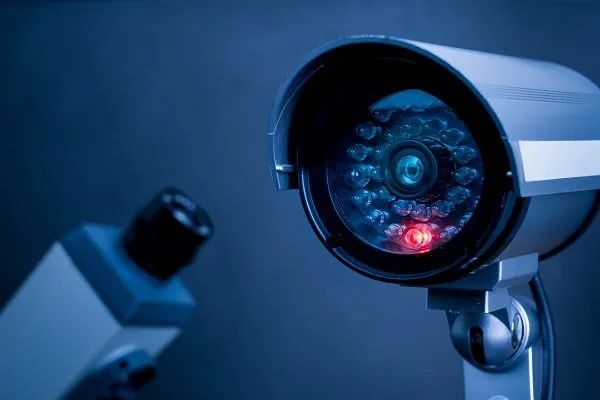Whether you are looking for a color night vision security camera or an infrared outdoor security camera, a complete, well-designed system depends on choosing the best and most suitable night vision security camera. The cost difference between entry-level and high-end color night vision cameras can range from $200 to $5,000. Therefore, the camera and other peripherals (such as IR lights, lenses, protective covers, and power supplies) need to be fully considered before deciding which model to choose.

The following sections provide some guidelines on what to consider before choosing and installing a low-light security camera.
Pay attention to the aperture of the camera
Aperture size determines the amount of light that can pass through the lens and reach the image sensor—larger apertures allow more exposure, while smaller ones allow less exposure. Another thing worth noting is the lens, because focal length and aperture size are inversely proportional. For example, a 4mm lens can achieve an aperture of f1.2 to 1.4, while a 50mm to 200mm lens can only achieve a maximum aperture of f1.8 to 2.2. So this affects exposure and, when used with IR filters, color accuracy. Shutter speed also affects the amount of light reaching the sensor. The shutter speed of night vision security cameras should be kept at 1/30 or 1/25 for night surveillance. Going slower than this will result in blur and make the image unusable.
Security camera minimum illumination level
A security camera's minimum illumination level specifies the minimum lighting condition threshold at which it records visible-quality video/images. Camera manufacturers specify the lowest aperture value for different apertures, which is also the lowest illuminance or sensitivity of the camera. Potential problems can arise if the camera's minimum illumination rate is higher than the infrared illuminator's spectrum. In this case, the effective distance will be affected and the resulting image will be one of a bright center surrounded by darkness.
When setting up lights and IR illuminators, installers should pay attention to how the IR lights cover the area that needs to be monitored. Infrared light can bounce off walls and blind the camera,
The amount of light the camera gets is another factor that can greatly affect camera range performance. As a general principle, more light equals a better image, which becomes more relevant at greater distances. Getting a high-quality image requires enough built-in IR light, which consumes more power. In this case, it may be more cost-effective to provide additional IR light to support the camera's performance.
To save power, sensor-triggered lights (light-activated, motion-activated, or thermal-sensing) can be set to only fire when ambient light falls below a critical level or when someone approaches the sensor.
The front-end power supply of the monitoring system should be unified. When using IR lighting, factors to consider include the current and voltage of the IR lamp, the IR LED, and the power supply. The distance of the cable also affects the system, as the current diminishes with the distance traveled. If there are many IR lamps farther away from the mains, using a central power supply of DC12V may cause the lamps closest to the power source to have too high voltage, while the lamps farther away are relatively weak. Also, voltage fluctuations may shorten the life of the IR lamps. At the same time, when the voltage is too low, it may affect the performance due to insufficient light and insufficient throw distance. Therefore, it is recommended to use AC240V power supply.
More than just specs and datasheets
Another common misconception is to equate numbers with performance. End users tend to rely too heavily on camera datasheets when deciding which night vision camera to implement. In fact, users are often misled by datasheets and make decisions based on metrics rather than actual camera performance. Unless comparing models from the same manufacturer, the datasheet can be misleading and doesn't say anything about the quality of the camera or how it will perform in the scene, the only way to avoid this is to see how the camera works before making a final decision . If possible, it's a good idea to do a field test to evaluate prospective cameras and see how they perform in the area during the day and night.
 English
English 日本語
日本語 한국어
한국어 français
français Deutsch
Deutsch Español
Español italiano
italiano русский
русский português
português العربية
العربية tiếng việt
tiếng việt ไทย
ไทย čeština
čeština dansk
dansk Svenska
Svenska

